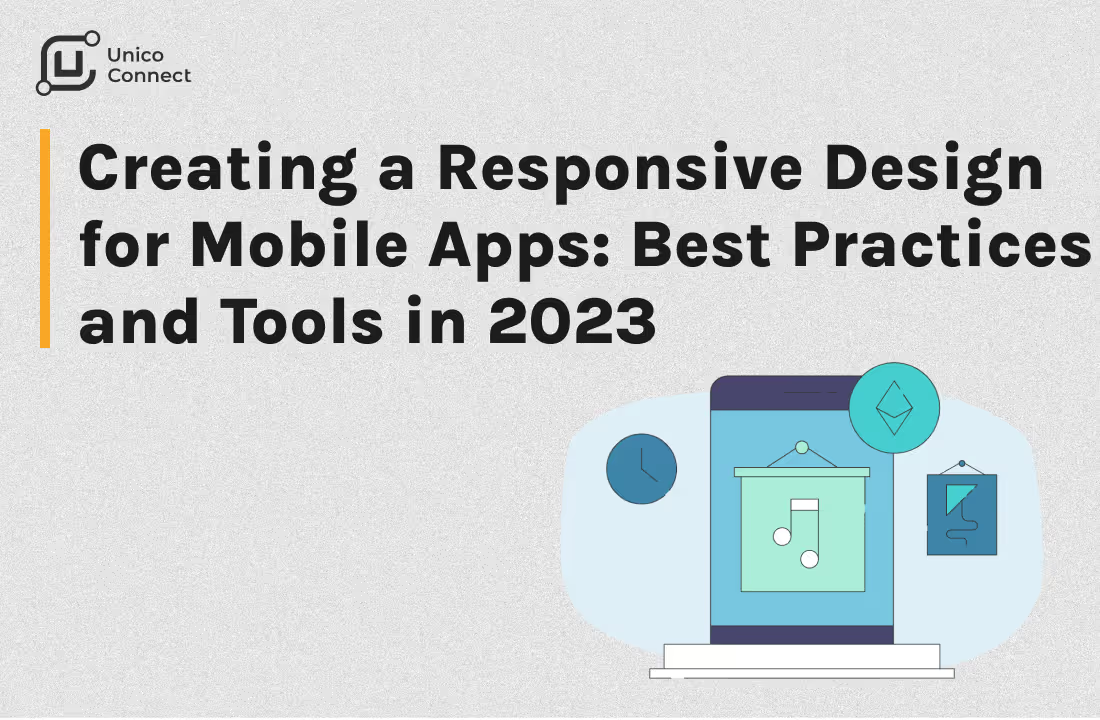
There are a number of best practices for creating a responsive mobile app design. These include:
A fluid grid is a grid that changes its width depending on the size of the device it is being viewed on. This ensures that your app's layout will look good on all devices, regardless of their screen size.
Responsive breakpoints are the points at which your app's layout will change. For example, you might have one breakpoint for smartphones, another for tablets, and another for desktops.
Media queries are CSS rules that are used to specify how an app should be displayed on different devices. For example, you could use a media query to specify that the font size should be larger on smartphones than on tablets.
When designing your app, make sure to optimize it for touch screens. This means using large buttons and labels, and avoiding small text and complex layouts
Images are an important part of any app, but they can be especially important for mobile apps. Make sure to use high-quality images that will look good on small screens.
The best way to ensure that your app is responsive is to test it on real devices. This will help you to identify any problems with the layout or the way that the app interacts with the user.
There are a number of tools that can be used to create responsive mobile app designs. These include:
These tools provide a number of features that can help you to create responsive app designs, such as fluid grids, media queries, and pre-built components.
Responsive design is a design approach that adapts to the size of the device it is being viewed on. Adaptive design, on the other hand, creates different versions of an app for different devices.
There are a number of benefits to using responsive design for mobile apps, including:
Improved user experience: Responsive apps provide a better user experience, as they can be used on all devices without having to zoom or scroll.
Increased reach: Responsive apps can be used by more people, as they can be accessed on a variety of devices.
Reduced development costs: Responsive apps can be developed more quickly and easily than adaptive apps.
Some of the challenges of creating a responsive mobile app design include:
Managing the complexity of multiple layouts: Responsive apps require multiple layouts for different devices, which can be complex to manage.
Testing on different devices: Responsive apps need to be tested on a variety of devices to ensure that they work correctly.
Designing for touch screens: Responsive apps need to be designed in a way that is easy to use with touch screens.